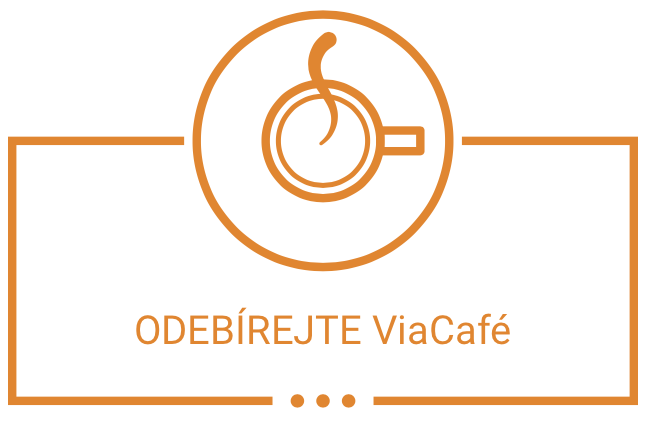Thanks to the support of our donors, Via is able to help people who are renovating small monuments in their villages and the surrounding landscape. We recently visited a few of these passionate builders with big hearts to learn more about what they are doing and why.
Chapel in a wall
In a small village on the border of the Bohemian Karst Protected Landscape Area and literally a few meters west of Prague, there is a special treasure hidden in a high stone wall: a chapel embedded in the wall. It is said that it even served as a jailhouse at one time. The chapel has been neglected for years and the surrounding green space is also unkempt. Nonetheless, the site is a natural crossroads of pedestrian routes in the village and could also serve as a community gathering place or host small cultural events.
Vladana Šrámková, a local artist with a big heart, and her neighbors are renovating the chapel and the surrounding landscaping. It is the village’s first citizen-led project in many years. The group will decorate the wall with mosaics designed by Vladana and plant shrubs and flowering perennials on two terraces. They hope that the renovated chapel site will become a favorite wayside stop for residents in their daily lives and for visitors, as well as a place where the community will gather. The site will also serve an ecological function by collecting and absorbing rainwater runoff from the surrounding streets.
We supported the project with funding from Česká spořitelna bank through the program “We Can Do More”.
Filling in blank spaces
Our next stop was the Jewish cemetery in the village of Hřivčice. We found another story of human will, vision and perseverance that has the power to move, if not a rock, then in this case at least stones. Architect Ivo Suslik, a native of nearby Peruc and a member of the Association for the Restoration of Jewish Monuments, acts as a steward of the cemetery with the help of volunteers and restoration experts. The cemetery has suffered decades of vandalism and looting. By restoring damaged tombstones and walls, Ivo and his group are reestablishing the cemetery’s place in local collective memory and highlighting the need for tolerance of racial and religious differences in today’s world.
Chapel as lighthouse
The town of Fulnek in northern Moravia is composed of several districts, each of which is like a small village with a rich social life and traditions and places that residents treasure. Recently, people from two of Fulnek’s districts, Lukavec and Děrný, joined forces to renovate the small but locally significant Chapel of St. Anne.
According to local history, the chapel was founded by Fulnek ancestors as an act of gratitude. Purportedly, when Swedish troops invaded Lukavec during the Thirty Years’ War in the 17th century, a thick fog descended, enveloped them and prevented them from reaching Lukavec. However, the Lukavec chronicle also offers a different version: ‘During the Tatar wars in the 13th century, the Tatar armies destroyed everything in their path, and so the inhabitants of Lukavec, where just a few cottages stood, fled from the rampaging Tatar army, and a dense fog formed at the site of the Chapel of St. Anne, and so the inhabitants escaped the scourge of the Tatar army, and thus a chapel was built on this spot in memory of this event.’ Yet another version (more plausible but less thrilling) is given in the parish records, which state that the chapel was built by the village and dedicated to its patron saint, St. Anne.
However it originated, the Chapel of St Anne is a beloved local destination. Residents like to take walks to the chapel, where they can sit on the benches outside and chat with their neighbors. The chapel stands on a hill in the middle of meadows and fields. It can be seen from many different places in Flunk and the site also offers a beautiful view of the Beskydy Mountains and the surrounding area. Thanks to the efforts of the To the Roots Association (K pramenům) and volunteers from Lukavec and Děrný (and also thanks to our donors), the chapel can continue to shine as a beacon of protection and community for future generations.



